Unique Bassettino
The term “Bassettino” comes from a little or small Bassetto. “Bassetto” was first noted in the early 17th Century and was in regular use as a bass instrument during the Baroque era in Italy. During this time a standard bass violin was created which was much larger than today’s cello in order to fill in the tonal registers below the cello range. Bassetto was in the violin family of instruments. In comparison, Contrabass was mentioned in the 16th Century, however it originated from a Violone, part of the viol or gamba family particularly in Spain, with sloping shoulders and the fourth tuning which the modern Double Bass has inherited. Although the modern Double Bass also has adapted some violin design concepts to increase the power and projection based on the evolution of the music through the history.
Bassettino is the culmination of a long and thoughtful collaboration with Robert J. Spear of Singing Woods Violin, with his legacy for the innovative stringed instrument creation informed by the knowledge compiled by Carleen Hutchins’ life-long contribution to the New Violin Family of Instruments. Bob has successfully integrated Bassettino in his Octet ensemble in live performances.
What is Bassettino for?
In the history of the violin family of instruments, there have been efforts in establishing new instruments attempting to bridge the tonal range and color between the cello and the contrabass. Bassettino with its four-octave range will perfectly fulfill this need. Bassettino is suited for chamber music to augment the bass register, also for jazz and contemporary music, and as a solo instrument.
What is Bassettino able to do?
The vibrating string length of Bassettino is 81.3 cm or 32 inches, and is tuned in fifths, G, D, A and E, from low to high strings, two octaves below violin and fourth below cello. This makes it ideal for a chamber music context, Baroque, Classical, Jazz, or new music in an intimate scale. It provides a clear bass register without muddiness. The low G is in the bass resister and with a clear projection. Alternatively, it could be tuned in fourths as in the double basses. However, the fifths tuning is the whole mark of the violin family of instruments in tune with the rest of the string ensemble.
The fifths tuning will open up new sonic possibilities. Many excellent articles and discussions by experienced musicians have been presented on double basses tuned in fifths for its advantages and evolutional relevance as the violin family of instruments. Many double bassists who tuned in fifths indicate hearing a new clarity to the sound of the bass, and felt the instrument resonated more warmly and naturally, also noticed the sense of improved intonation, and the instrument’s faster responses. This will be our future discussion.
Associates behind Bassettino
James Y. Kikuchi, AIA
Architect, artist, luthier: Designer and maker of current Bassettino. Principal of L. A. StringWorks and IDA Studio, mentored and trained by Robert Spear.
Robert J. Spear
Master luthier (in memoriam): Maker of the Violin Family of instruments and creator of original Bassettino concept.
Patrick Tobin
Alto Violin and Violin Octet: Former associate of Robert J. Spear, with extensive knowledge of the violin family of instruments.
Now is the time for a New Renaissance for the bass instruments.
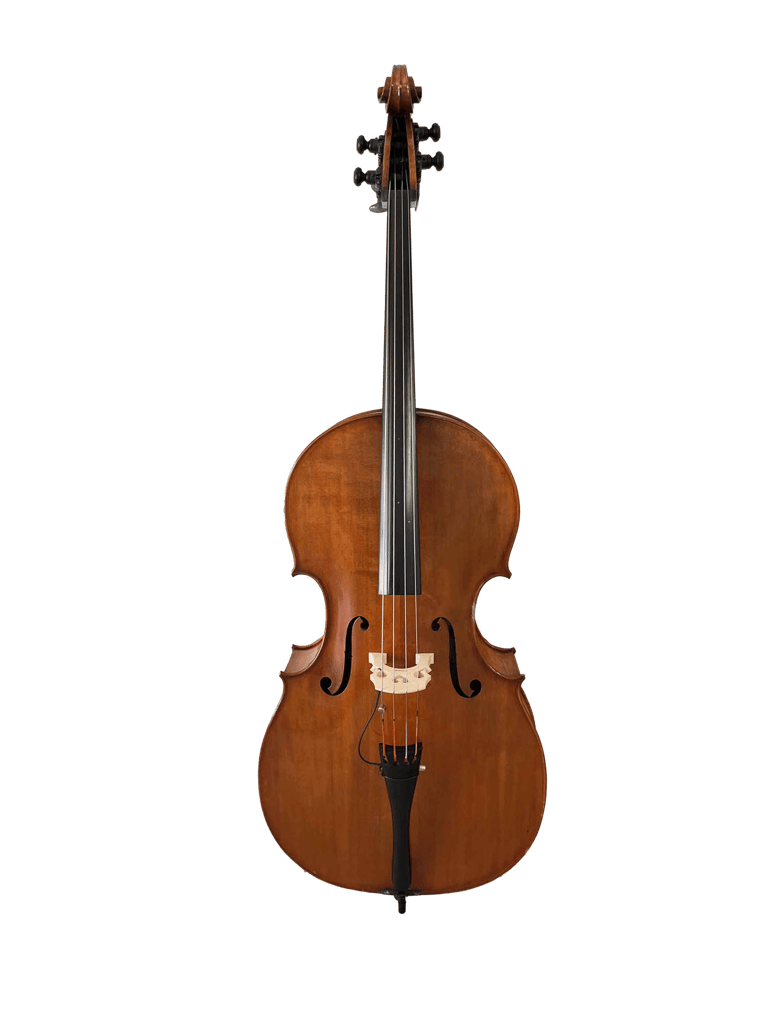

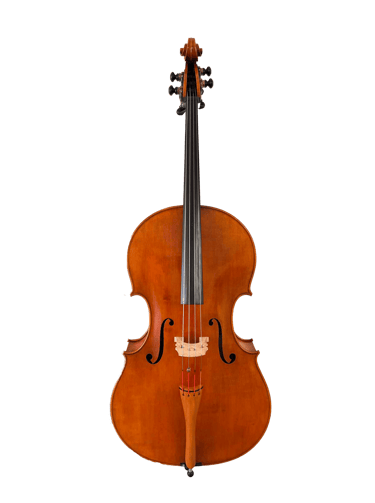

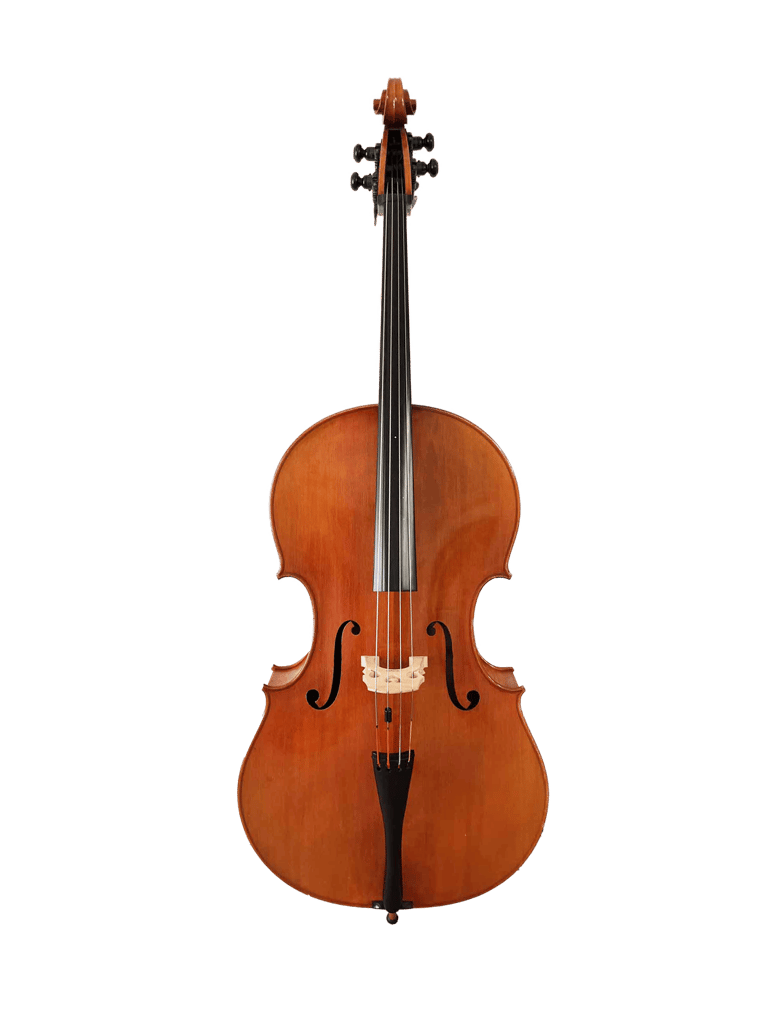

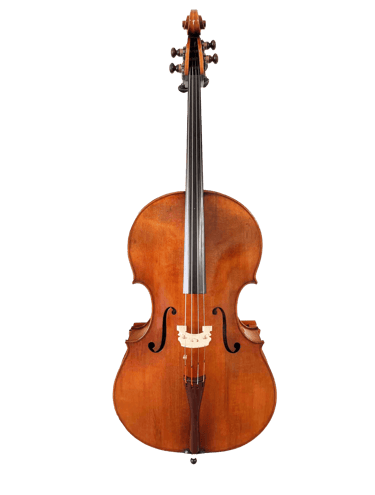

Gabriella
Katharina
Lore
Sandra
Our Location
Located on the Westside of Los Angeles, we specialize in crafting custom hand-made unique Bassettino and other custom bass instruments.
Address
11307 Hindry Avenue, Suite C,
Los Angeles, CA 90045
Hours
Mon-Fri 9 am - 5 pm, by appointment only.
Special arrangements are available also.
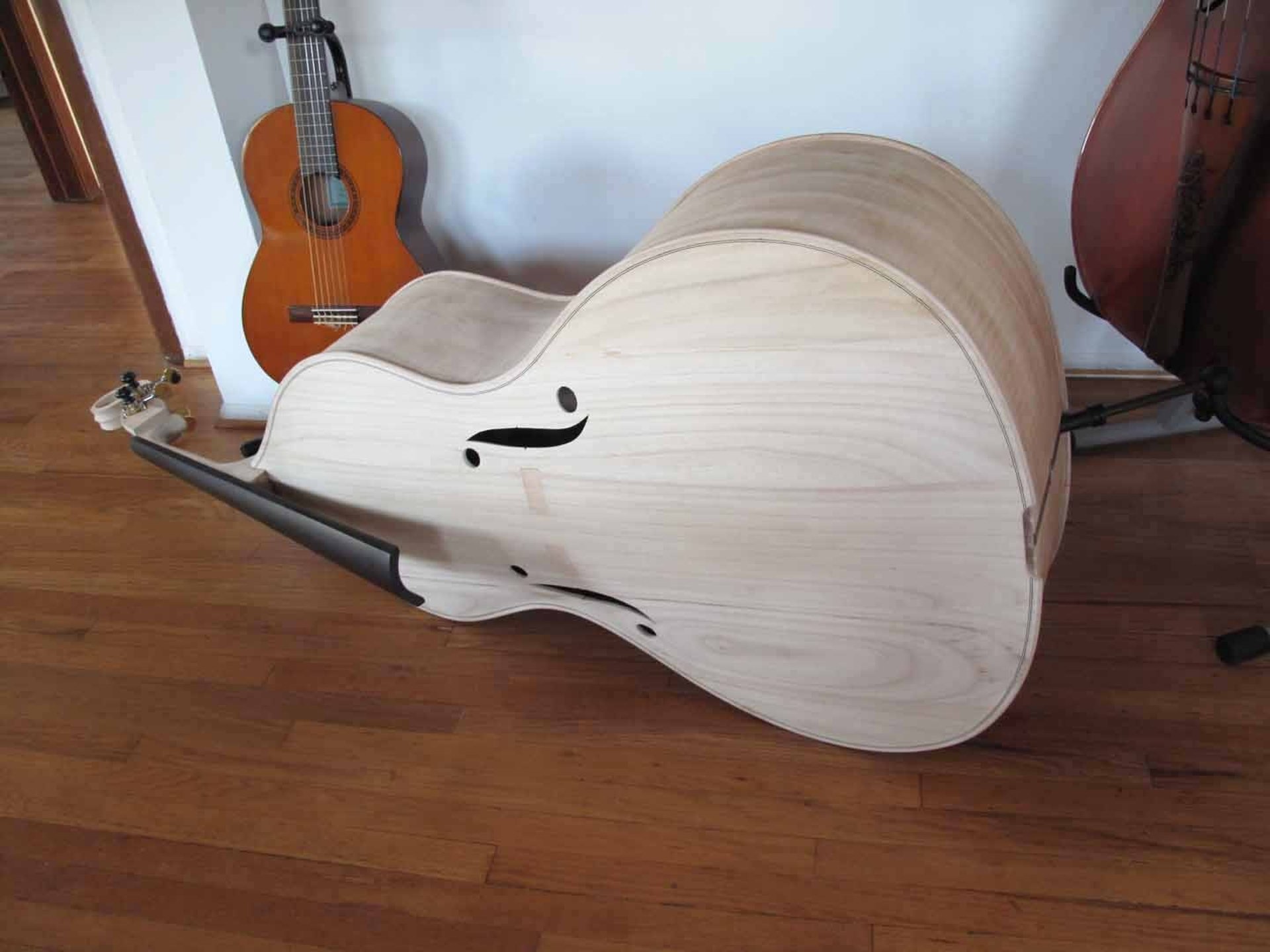
The Bassettino is a remarkable instrument, blending the best characteristics of cello and double bass beautifully.
Isaac M.

The custom Bassettino is beautiful! The craftsmanship is exceptional and the tone is unmatched.
Ken E.

Los Angeles StringWorks
Custom hand-crafted Bassettino, and other unique instruments
Contact
inquiry
Calls or Texts are preferred, but you can also contact us by sending inquiry
310-923-0562
© 2025. All rights reserved.
Designed by
iDA studio